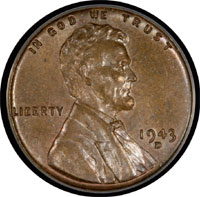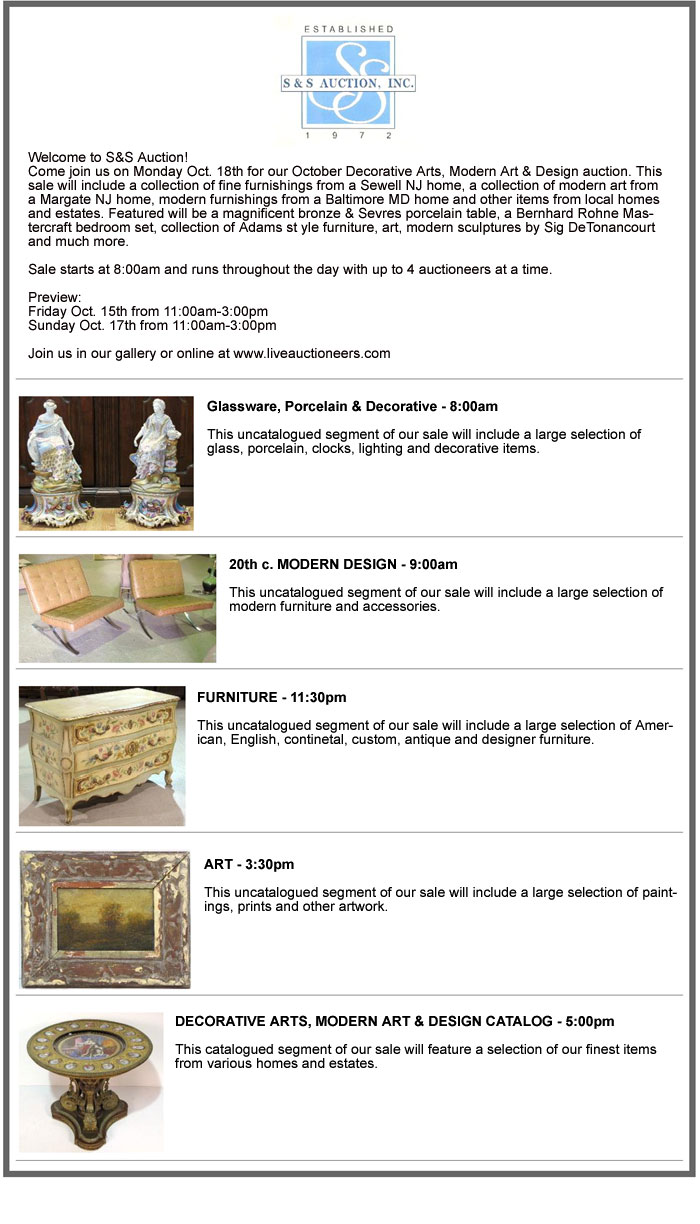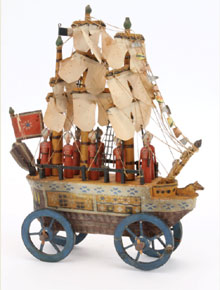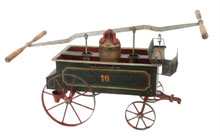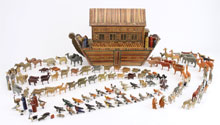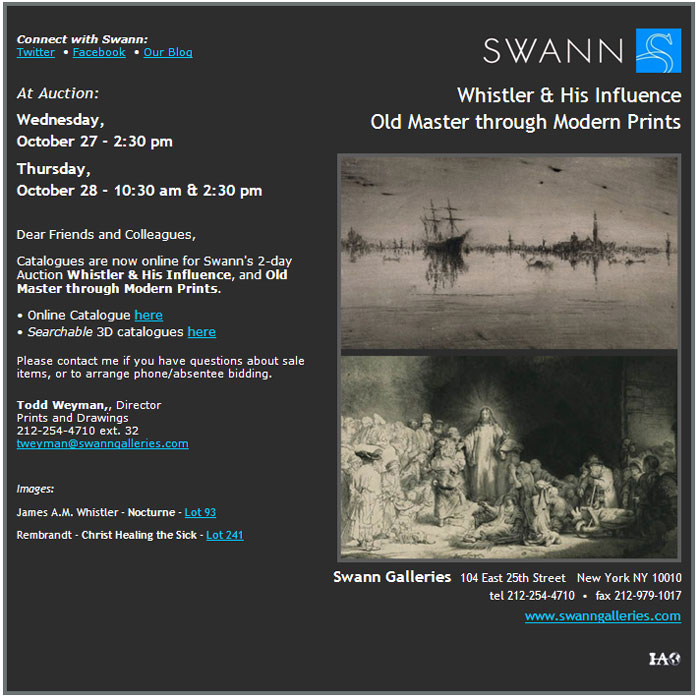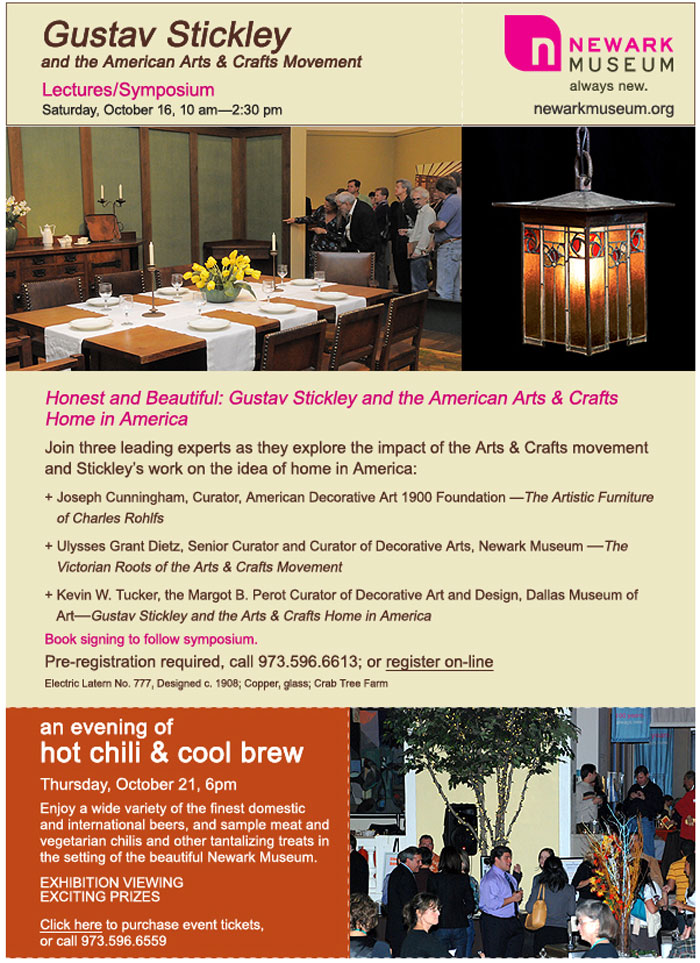David and Marcia Hirsch antique advertising collection takes the spotlight at Morphy’s, Nov. 19-20
Thursday, October 14th, 2010DENVER, Pa. – In the field of graphic design, Chicagoan David Hirsch is known as the man with the golden eye. A founding partner of David Hirsch Design Group and later Hirsch O’Connor, he was the mastermind behind the artwork that branded a legion of commercial entities and products. And while it may be possible for many professionals to leave their work at the office, it has never been an option for Hirsch, who cannot view life through anything but an artistic lens, 24/7. The allure of illustrative imagery has always been a fascination to Hirsch, on or off the job, and it was his love of design that launched and perpetuated the phenomenal collection of antique advertising tins, signs, store displays and other promotional items he amassed over 40 years with his wife, Marcia. That collection, in its entirety, will be auctioned Nov. 19-20, 2010 at Morphy’s.
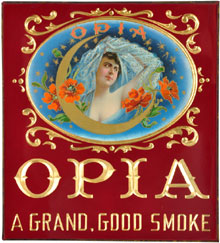
Opia Cigars reverse-on-glass sign with embossed flowers and gold-foil lettering, near mint, 10 inches by 9 inches, estimate $1,000-$1,500. Morphy Auctions image.
With the extended preview period currently under way, visitors to Morphy’s are being treated to a visual feast representing every color of the rainbow. The gallery walls and showcase shelves are laden with incredible signs of glass, tin, porcelain and paper; extraordinarily rare tins, many with paper labels that pre-date chromolithography; countertop and floor-model store displays, and every other imaginable form of packaging adorned with advertising.
Well over half of the articles to be offered in the 1,435-lot sale pertain to tobacco, with as many as 500 of them associated with cigars. There’s a 4-foot reverse-on-glass Ben Bey Cigars sign with porcelain store-counter lighter, a commanding 8-foot reverse-on-glass sign advertising Chancellor Cigars, and several signs featuring beguiling beauties of the late-19th and early 20th centuries. Among them is a stunning reverse-on-glass sign for Opia Cigars that features an ethereal woman surrounded by poppies and stars. Hirsch said he finds it curious that there is no manufacturer’s identification anywhere on the sign. “Considering it’s called ‘Opia’ and decorated with poppies, I can’t help wondering if the product might have had more than just tobacco in it,” Hirsch joked. The collection also contains both a tip tray and a change receiver with advertising for Opia.
Many items in the sale are as close to factory fresh as anyone could hope for. A pre-1900 Sweet Lavender Tobacco sign still has its original tobacco-theme cabinet cards attached to it, while a superb 24-inch-diameter Bull Durham charger is complete with its original ornate frame and shipping frame.
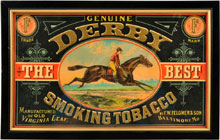
Derby Smoking Tobacco sign, late 19th century, embossed lithographed cardboard with horseracing image, 14¼ inches by 9 inches, estimate $900-$1,200. Morphy Auctions image.
A late-19th-century embossed and lithographed cardboard sign for Derby Smoking Tobacco, with the image of a jockey on a racehorse, could cross the finish line at $900-$1,200. Also very desirable are a Lillian Russell store counter lighter and an early Chicago Motor Club Cigars lighted display with original cigar tin.
Collectors will be spoiled for choice with the array of tins to be auctioned. One of only a few known examples, a Home Run Cigar tin features images of baseball players on a field and is expected to make $8,000-$12,000. Another baseball-oriented item – a pocket tin for 3-Strikes Granulated Cut Plug Tobacco – features the image of an old-time baseball player. Still housing its contents and believed to be one of only a handful in existence, it is expected to cross home plate at $5,000-$8,000. With a crossover comic character theme, a Buster Brown Cigar tin retains its original tax stamp and could make $2,000-$3,000.
Containers sized for small cigars include an unopened St. Leger Little Cigars tin with full tax stamp and a band indicating a silk novelty is included in each package; and an Intermission Little Cigars tin complete with a boxing card for pugilist Joe Jennette.

Kennebec Havana Cigar tin store bin with image of Indian chief on three sides, estimate $2,000-$4,000. Morphy Auctions image.
Metal bins once used to hold cigars for consumers to access in stores are extremely desirable. Among those in the Hirsch collection are an example for Kennebec Havana Cigars, with a beautiful image of an Indian chief on three sides, estimate $2,000-$4,000; and a circa-1910 Moa cigars tin store bin with an appealing image of an emu-like bird, estimate $2,000-$4,000.
A 7-foot-tall circa-1880s museum-quality heavy paper sign for Sweet Caporal has a military theme and advertises a tobacco manufactured by Kinney Bros. in New York. According to Hirsch, it is the only known example. Because it is possibly unique and has no past auction record for comparison, it has been given a wide estimate range of $3,000-$10,000.
While the Hirsch collection presents an incomparable panorama of tobacciana, it also includes a wealth of exceptional coffee tins, early marshmallow tins, spool cabinets, display cabinets, Ever-Ready razor displays, lozenge and medicinal canisters, and counter displays and signs for a huge variety of other products.
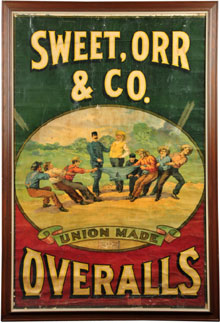
Sweet, Orr & Co. Overalls lithographed heavy paper advertising sign, 19th century, with United Garment Works of America label in center, only known example, estimate $2,500-$10,000. Morphy Auctions image.
“Just about anyone who collects antique advertising knows Dave and Marcia Hirsch, and recognizes the impeccable taste they have,” said Morphy Auctions CEO Dan Morphy. “For many years Dave did the design work for the Antique Advertising Association of America’s award-winning quarterly newsletter, which is the best club newsletter I’ve ever seen. It’s not surprising that the same aesthetic carried through to the magnificent collection Dave and Marcia built over 40 years.”
All forms of bidding will be available for Dan Morphy’s Nov. 19-20 auction of the David and Marcia Hirsch antique advertising collection, which will be held at the Adamstown Antique Gallery, 2000 N. Reading Rd., Denver, PA 17517. For additional information, call 717-335-3435 or e-mail dan@morphyauctions.com. View the fully illustrated catalog and sign up to bid online at www.morphyauctions.com or www.liveauctioneers.com.


